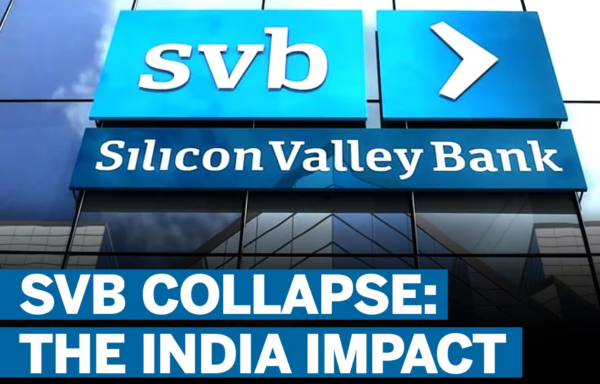It has been fifteen years since the $100,000 deposit insurance limit for eligible deposits at the Big Six banks and a variety of smaller federally-regulated deposit-taking institutions went into effect. Since then, inflation indicates that it is time to increase it. But we may also wish to consider additional modifications.
Canada has a fragmented deposit insurance system. In addition to the federal system administered by the Canada Deposit Insurance Corporation (CDIC), provincially incorporated institutions, such as the majority of credit unions and caisses populaires, have their respective provincial deposit insurance corporations backing their deposits. In these systems, coverage limits vary from $100,000 in Quebec to complete coverage in the four western provinces.
The primary argument in favor of deposit insurance is that it reduces the likelihood that deposit-taking institutions will fail as a result of a bank run. Customers can confidently place deposits with lesser institutions, knowing that the deposits will be insured up to the specified limits.

Jeremy Kronick is the director of monetary and financial services research at the C.D.
The primary justification for restricting deposit insurance is to reduce moral hazard. Small depositors, who may lack the resources to evaluate the risks of various banks and make informed judgments about where to place their funds, are fully protected.
However, individuals with deposits in excess of the limits will have an incentive to ensure that their financial institution is not taking on excessive risk. In order to continue to attract these significant depositors, banks have an incentive to avoid unnecessary risk.
Recent developments dispute whether deposit insurance prevents bank raids.
In 2017, uninsured and insured depositors withdrew their funds from the Canadian mortgage lender Home Capital after the bank was accused of misleading investors. It turns out that even fully insured deposits will be withdrawn if depositors are concerned about the institution’s viability.
Regarding the future of deposit insurance limits, the U.S. government’s prompt response to last month’s bank failures was to reduce the risk of contagion by covering all Silicon Valley Bank deposits, not just the insured ones.
This, however, undermines the very idea of limited deposit insurance and introduces moral hazard. Managers of banks and other institutions that accept deposits may be more tempted to take greater risks now, wagering that the government will bail them out. After all, SVB was not even considered a systemically significant bank, yet it received a full bailout. Investors could presume the same and reduce their oversight, thereby eroding market discipline.
The insurance premiums paid by banks and other institutions that accept deposits are primarily dependent on the size of their deposit base. Additionally, CDIC imposes higher premiums on institutions deemed to be more hazardous. However, none of our deposit insurance funds, from the CDICs to the provincial funds, are completely funded in the sense that they have a readily available pool of assets to cover all insured deposits in the system.
Absolutely not! If we decide to increase the coverage maximums, we must evaluate the size of the deposit funds. The apparent alternative of relying more on industry levies to pay for a failure after the fact could jeopardize the financial health of surviving institutions during times of stress.
Smaller institutions that accept deposits benefit greatly from deposit insurance. Their clients receive the same protection as customers of large banks, despite the fact that large banks contribute more to the insurance funds. This is advantageous for competitiveness.

Recent U.S. events, however, serve as a reminder that smaller institutions can be systemically significant as a group, even if no individual smaller bank is significant. Should lesser financial institutions be subject to capital and liquidity requirements similar to those imposed on the six largest banks if deposit insurance limits are substantially raised?
Should they also employ the “bail-in” debt requirements imposed on the major banks, so that if they fail, a greater proportion of the resolution cost is borne by the wholesale debtholders of the failing institution rather than the rest of the industry or, even worse, the taxpayer? System stability would likely improve, but competition would likely suffer: striking a balance between the two is not simple.
Policymakers should proceed with caution and avoid having an undue effect on competition.
- Small businesses advocate for PSAC worker back-to-work legislation.
- If federal employees were truly mistreated, they would resign more frequently.
- Toronto should privatize its public transportation infrastructure
No discussion of deposit insurance limits is complete without mentioning that provincially incorporated credit unions in British Columbia and the Prairie provinces enjoy full deposit insurance coverage. This makes them more competitive, which is beneficial for consumer choice, but it also increases moral hazard. The Western provinces may wish to consider whether the deposits of very large depositors at these institutions should continue to be completely insured.
Yes, it appears that the fallout from SVB’s failure has been contained for the time being, but the concerns it raised regarding deposit insurance must still be addressed.

